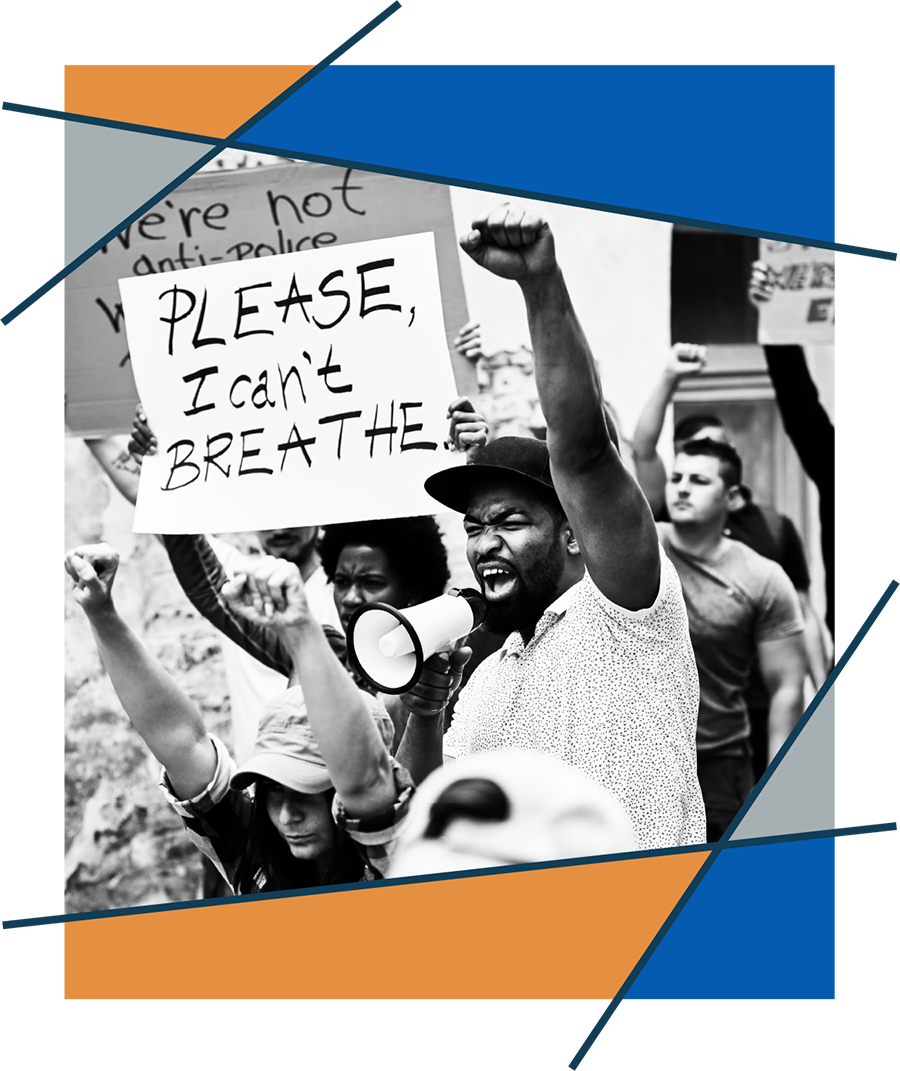SECTION 1
HOW WE GOT HERE: SYSTEMS IN CRISIS
Our communities are sitting at a pivotal moment. Our systems are aware (at least to some degree!) that things need to change. The cost of childcare is unsustainable for both families and workers. Healthcare is dysfunctional and sometimes hard to access. Education post-COVID is facing a true crisis moment for both students and educators. Gentrification and the housing crisis are changing the very makeup of neighborhoods rapidly. The challenges feel overwhelming, while also being inextricably linked to one another. How do we center the needs of all of our citizens and neighbors as we develop solutions?
Community voice is not a new concept. There is a legacy of voice within all of our communities, led by people who have largely been disenfranchised. In some cases, their voices were heard – but in many others, they weren’t acknowledged or validated. In more recent history, the COVID pandemic exposed cracks in our communities that have always been there and made them much more apparent. The murders of George Floyd and Breonna Taylor brought the need to hear from community stakeholders to the forefront in ways that couldn’t be ignored any longer. The ebb and flow of attention to these issues begs the question: Are these measures performative or transformative?
The changes for nonprofits, faith communities and private sector companies seeking to help aren’t easy to navigate and they aren’t clear-cut. Institutions and neighborhoods are living in the tension of competing stakeholder voices and the path forward isn’t always clear. What is clear is that these changes are here to stay – and that community voice will be a critical ingredient of thriving communities.

Entry & Access Points Don’t Exist
Years of targeted injustice effectively removed many neighborhoods and voices from the conversation. Without a clear path to rejoin that conversation, there are large numbers of the population that don’t have an access point to high-level community conversations, organizations and programming.
Programs Aren’t Effective
Without exploring the root cause of issues people face, organizations produce programs that aren’t effective because they aren’t designed collaboratively with the people who use them. Consider how it would feel if you had a problem and someone told you what to do without asking what you need. Effective programming is built in partnership with the people who participate in the programs – and many of our current programs are not.
Nonprofit Pipelines Are No Longer Flowing
Acquisition is a significant challenge facing nonprofits. It has been a barrier on the resource development side for years, where organizations struggle to tap into new networks or pioneer relationships with those who relocate to our community. Now it is impacting programs. There are several contributing factors to this challenge, including ineffective or outdated programming and gentrification that is changing the makeup of neighborhoods where organizations have traditionally operated.
Systems Are Challenging to Navigate
In one recent client engagement, we encountered a woman who needed healthcare. Her substandard housing, her lack of access to healthy food and her difficulty finding a living wage job was also impacting her need. Resources for these challenges exist in most communities – but are they easy to access? Most often, solutions are provided by different nonprofits or civic agencies, in different locations, with different application processes. Layer on varying requirements for government programs and the benefits cliff and it’s nearly impossible to navigate.
Lack of Trust
A lack of proximity to impacted communities is counterproductive and leads to a side-eye disposition of mistrust. In communities that have historically been marginalized, people start to question the reason for your presence in the community – “What do you want? Why are you here? Are you willing to stay for the long haul to make changes or is this a short-term visit?”
00 |
Home | Introduction: Why Community Voice |
Stories Matter – The Anatomy of a Community |
02 |
